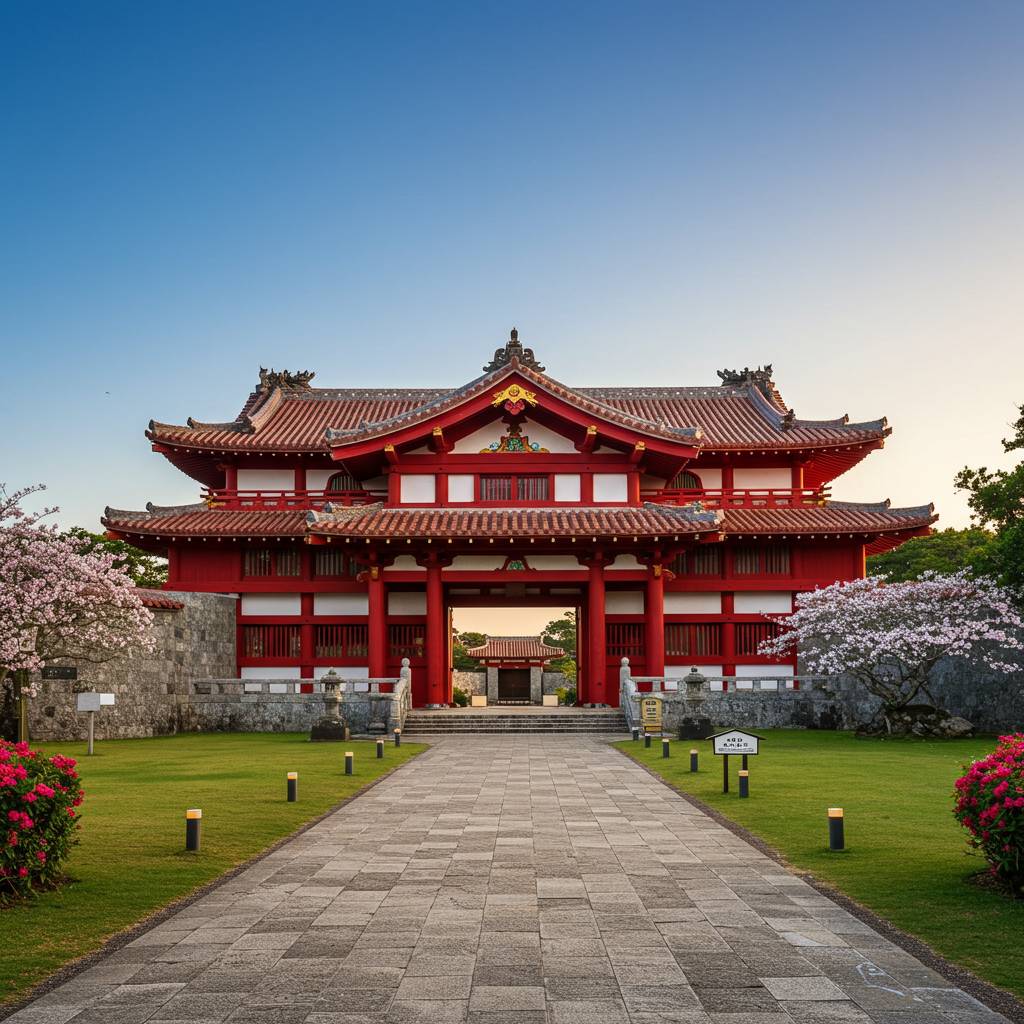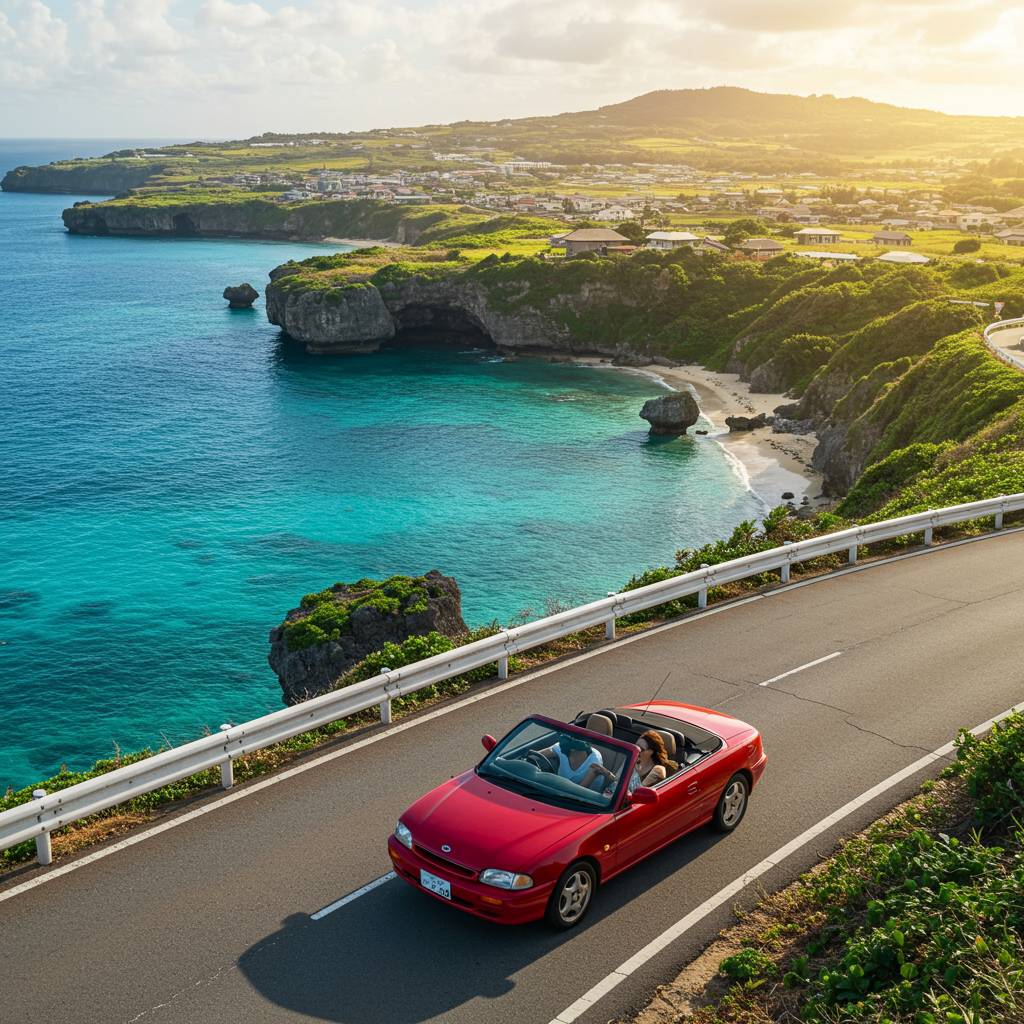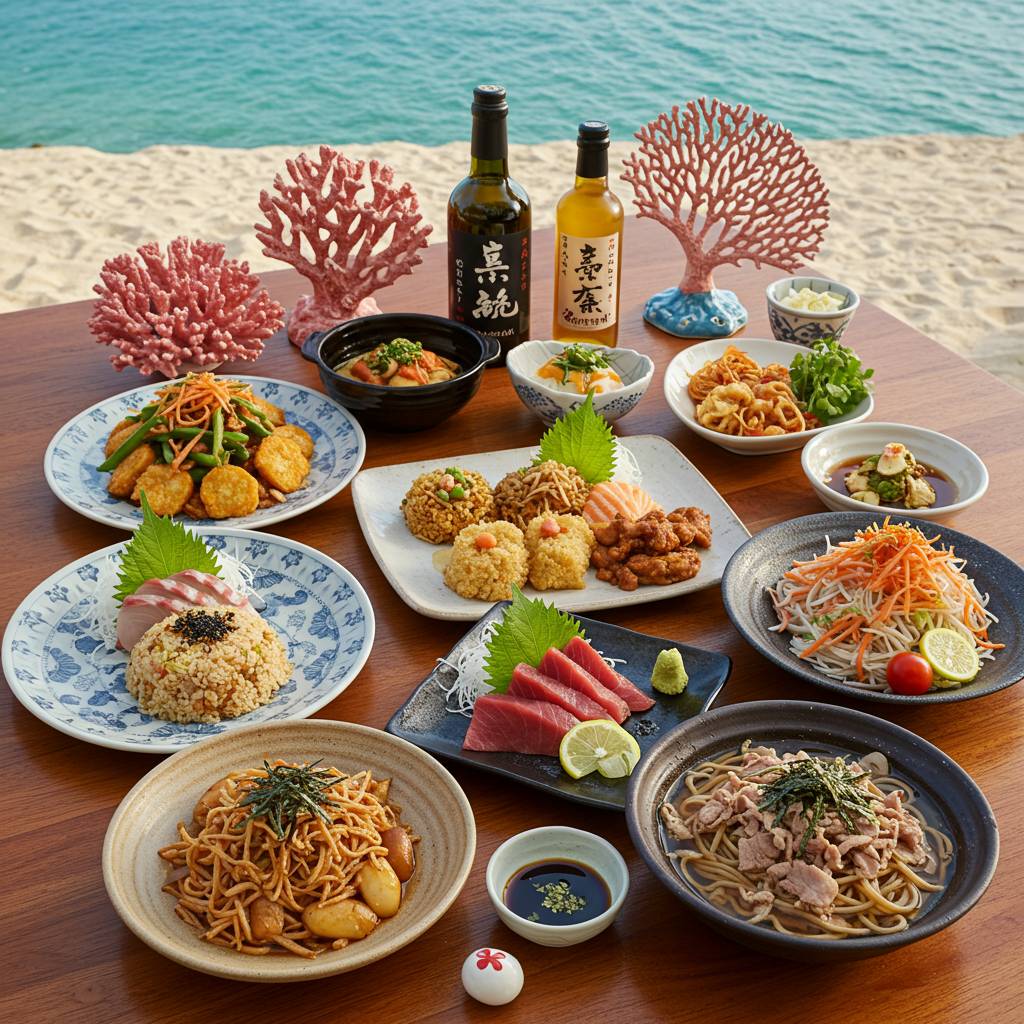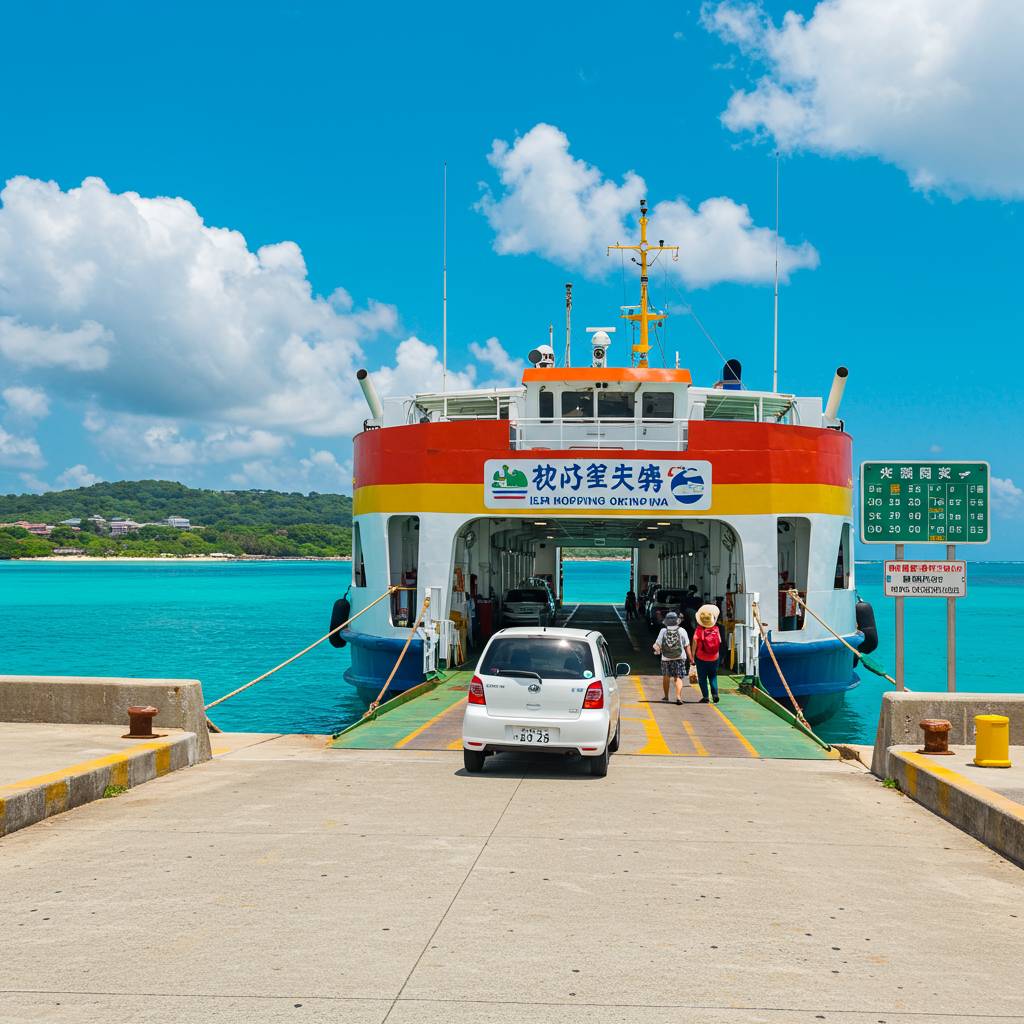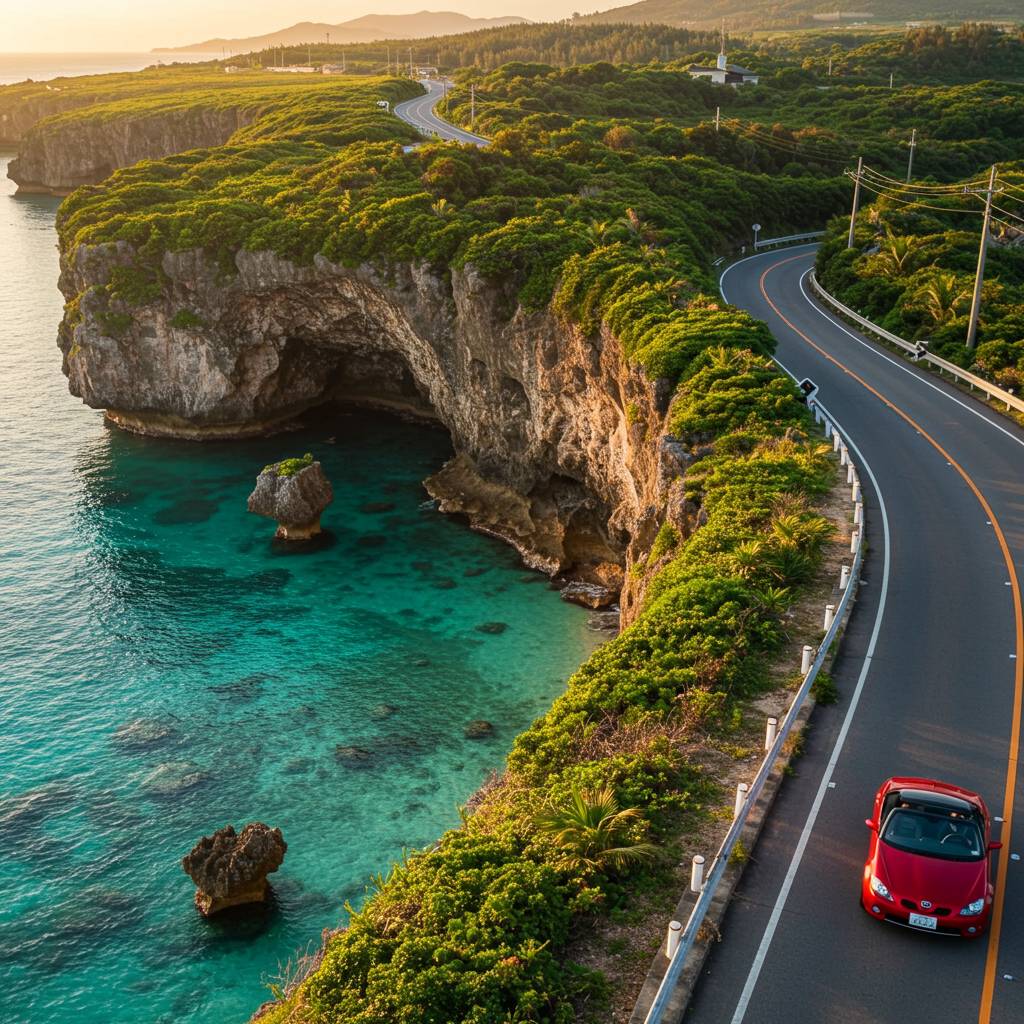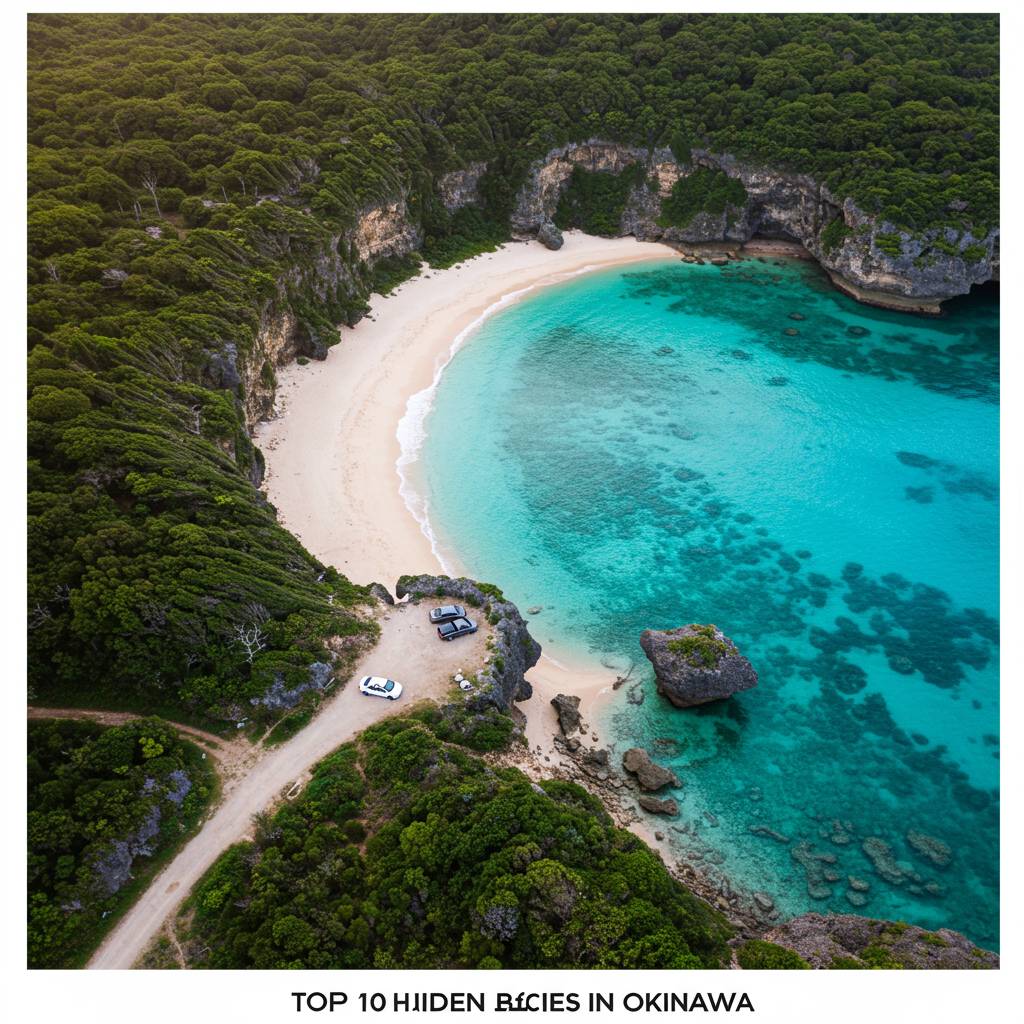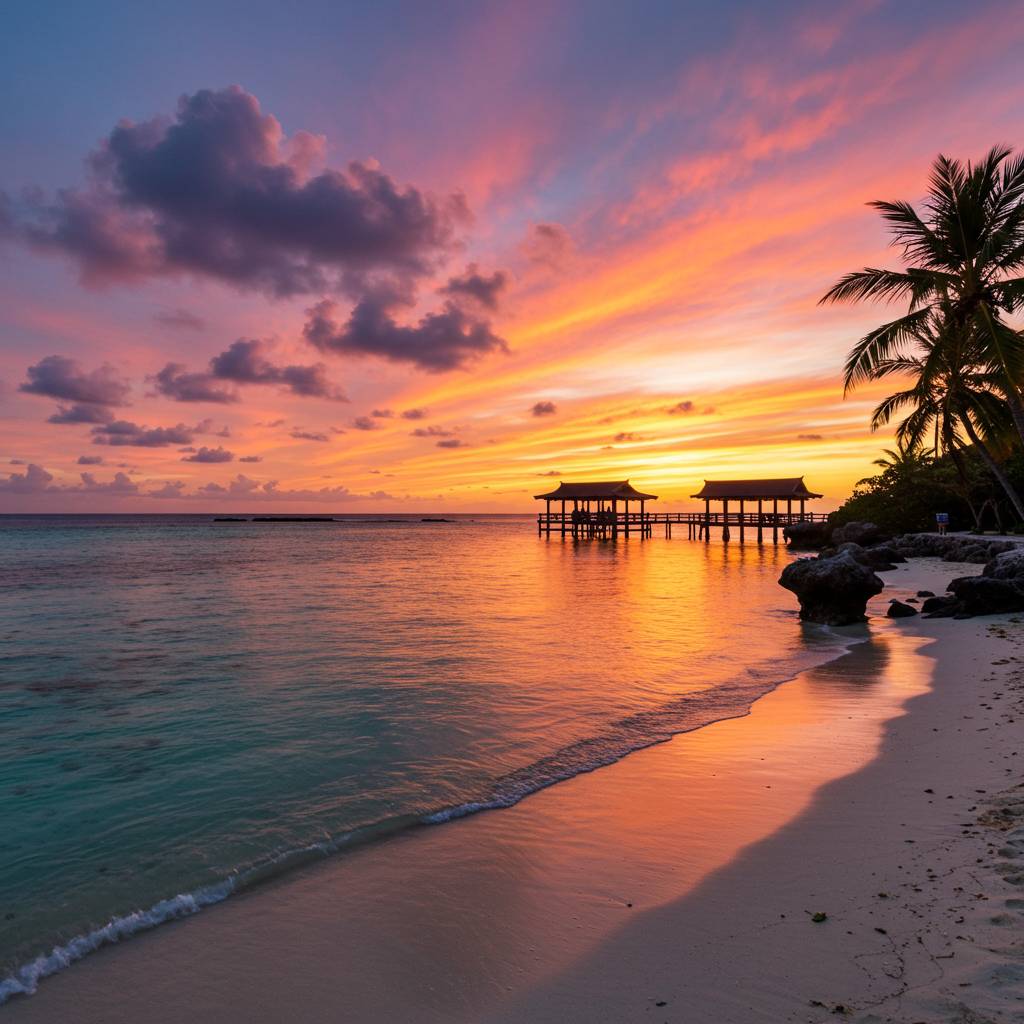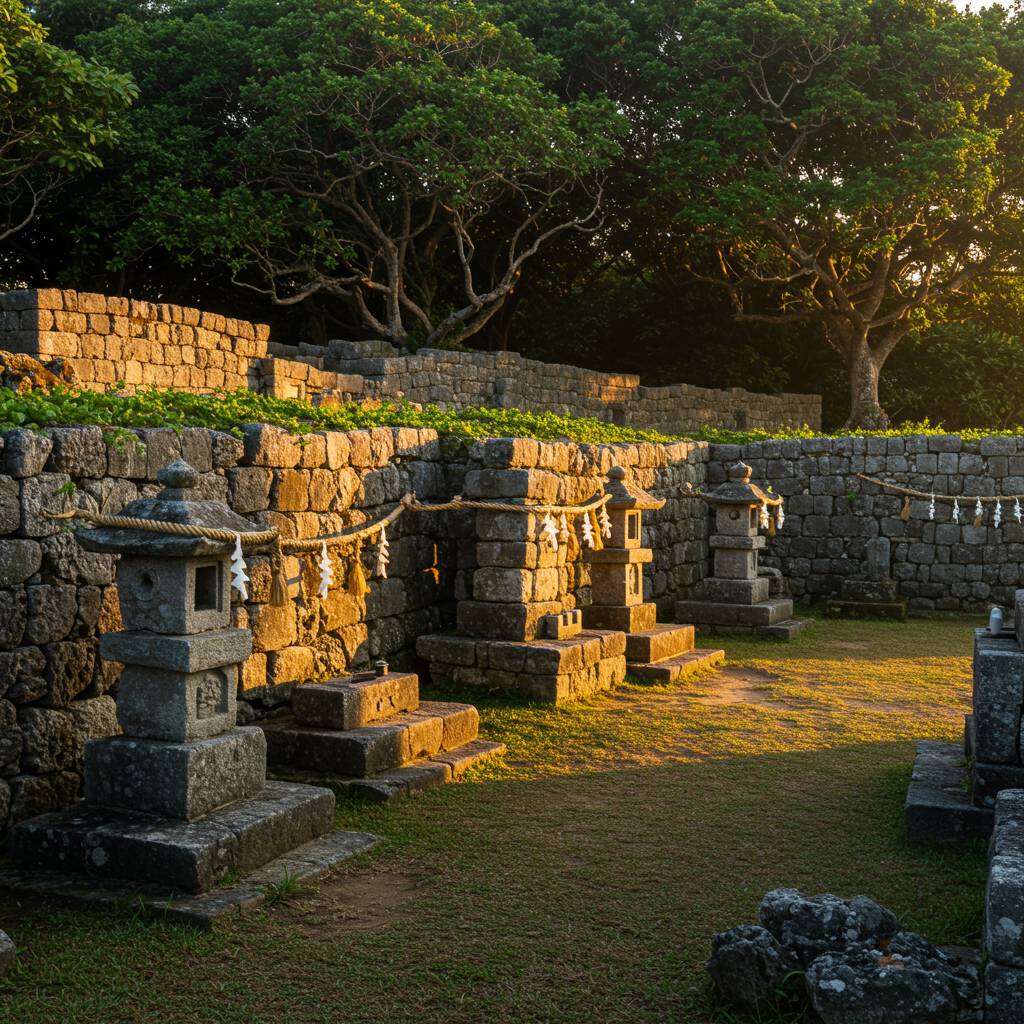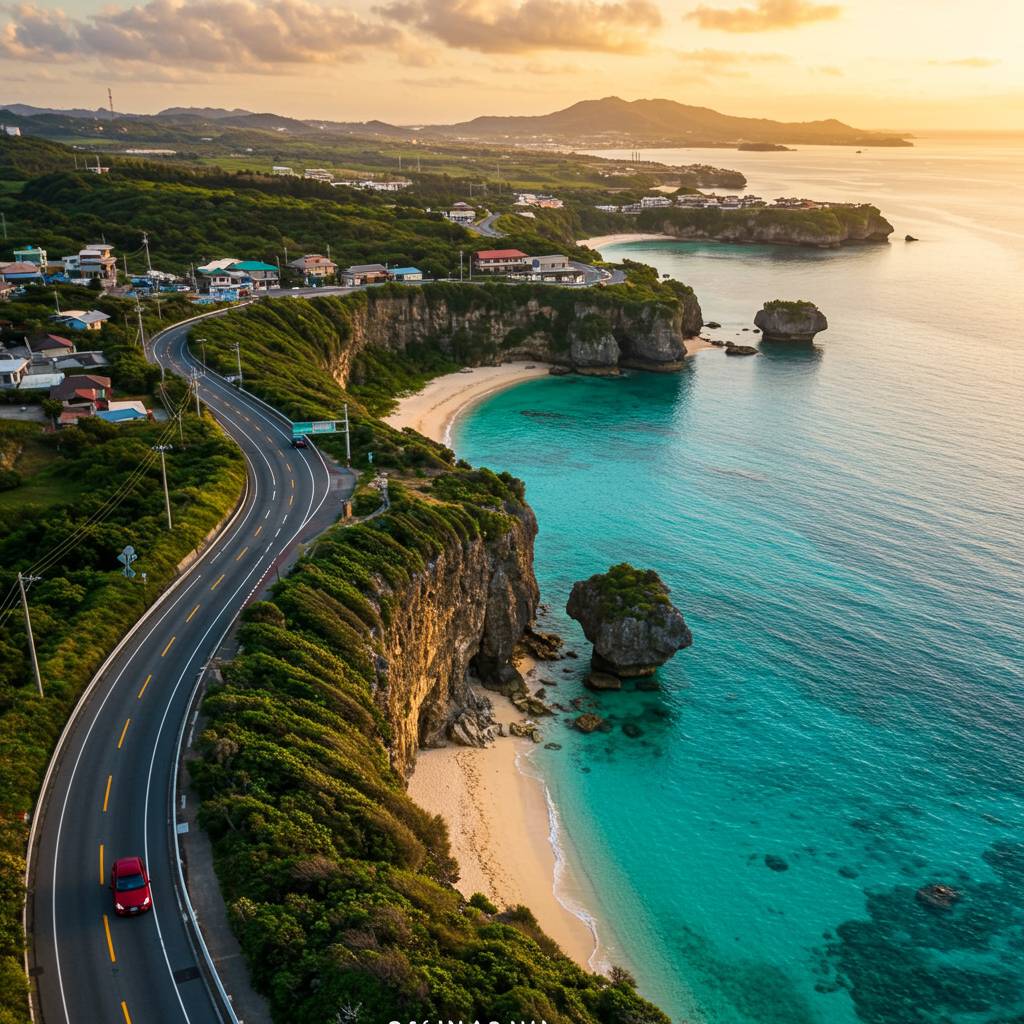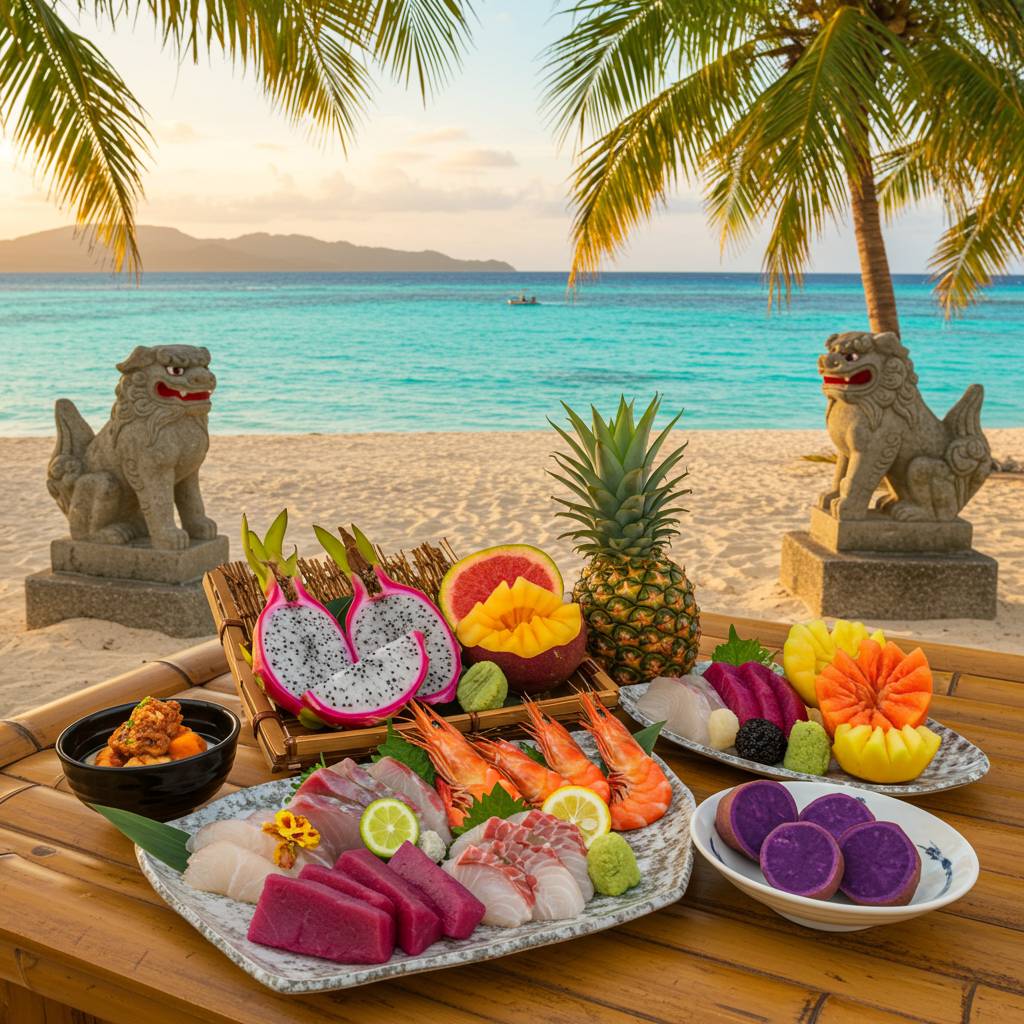Discover the remarkable resilience of Okinawa’s cultural landscape as we explore the magnificently restored heritage sites that have risen from adversity with renewed splendor. From devastating typhoons to wartime destruction, Okinawa’s historical treasures have faced numerous challenges throughout history, yet today stand as testaments to meticulous preservation efforts and cultural pride. Whether you’re planning your first visit to this tropical Japanese prefecture or returning to witness its transformation, this guide unveils how Okinawa’s rebuilt landmarks now offer even more authentic and engaging experiences than before. Join us as we journey through revitalized castle grounds, reconstructed traditional villages, and rejuvenated sacred spaces that showcase not just Okinawa’s past, but its extraordinary commitment to preserving its unique Ryukyuan heritage for future generations.
1. Rebirth of Paradise: 5 Okinawan Cultural Treasures That Rose Stronger From the Ashes
Okinawa’s cultural landscape tells a story of resilience, where destruction has given way to remarkable rebirth. The prefecture’s most treasured heritage sites have faced numerous challenges throughout history—from war devastation to natural disasters—yet they stand today more impressive than their original forms. These five restored cultural treasures exemplify Okinawa’s phoenix-like ability to transform tragedy into triumph.
Shuri Castle, the crown jewel of Okinawan heritage, has undergone multiple resurrections. Following its destruction during the Battle of Okinawa, painstaking restoration work recreated its vermilion majesty using traditional techniques. The reconstructed castle incorporated modern fire protection systems while maintaining authentic Ryukyuan architectural elements. Visitors now experience a site that honors both historical accuracy and sustainability.
Nakagusuku Castle ruins represent another remarkable restoration success. This UNESCO World Heritage site features meticulously rebuilt stone walls that showcase the exceptional masonry skills of ancient Ryukyuan craftsmen. The restoration process revealed previously undocumented construction techniques, providing archaeologists with valuable insights into 14th-century building methods that surpassed initial historical understanding.
The Himeyuri Peace Museum stands as a powerful example of conceptual restoration. Originally a modest memorial, it has evolved into a comprehensive educational facility that preserves wartime history through cutting-edge interactive displays and augmented reality experiences. The expanded museum creates a more profound emotional connection than its predecessor, making Okinawa’s difficult past accessible to younger generations.
Okinawa’s underwater heritage sites have also benefited from innovative restoration approaches. The Yonaguni Monument—whether natural formation or ancient structure—has been carefully preserved through non-invasive documentation methods. Advanced 3D mapping technology now allows visitors to experience this submerged wonder through virtual reality platforms, creating accessibility that never existed before.
Finally, Taketomi Island’s traditional village showcases living heritage restoration. Rather than simply rebuilding historical structures, local authorities implemented a holistic preservation program that maintains authentic Ryukyuan lifestyle practices. Residents continue traditional coral-wall construction and red-tile roofing techniques, while sustainable tourism initiatives ensure economic viability without compromising cultural integrity.
These five examples demonstrate how Okinawa’s restored cultural treasures don’t merely replicate the past—they enhance it, creating experiences that honor tradition while embracing innovation. Each site tells a story of destruction and rebirth that resonates with visitors from around the world, making Okinawa a premier destination for those seeking authentic cultural heritage with layers of historical resilience.
2. Time-Travel Tourism: How Okinawa’s Restored Heritage Sites Offer Authentic Yet Modern Experiences
Stepping onto the grounds of a restored Okinawan heritage site is like crossing a threshold between eras. The island’s remarkable ability to blend authentic historical preservation with modern visitor experiences has created a new category of tourism that can best be described as “time travel with conveniences.” This innovative approach is drawing record numbers of cultural tourists to the subtropical paradise.
Shuri Castle, following its meticulous reconstruction, exemplifies this dual experience perfectly. While the exterior maintains strict historical accuracy down to the traditional vermilion lacquer, the interior exhibitions now feature augmented reality displays that bring court ceremonies to life. Visitors can use smartphone apps to see historical figures moving through the very rooms they’re standing in, creating an immersive educational experience without compromising the site’s integrity.
At the Nakagusuku Castle ruins, restoration efforts have focused on stabilizing the impressive stone walls while adding unobtrusive viewing platforms that offer spectacular vistas without disrupting the archaeological landscape. Solar-powered information kiosks blend discreetly with the surroundings while providing detailed historical context in multiple languages. The site’s management has struck a delicate balance – preserving the authentic atmosphere of the 15th-century fortification while making it accessible to contemporary travelers.
The Nakamura House in Kitanakagusuku illustrates how traditional Okinawan private residences can be preserved while accommodating modern tourism needs. This beautifully restored gentry home allows visitors to experience traditional architecture up close. What makes it special is how traditional crafts demonstrations occur in the authentic setting, with artisans using techniques passed down through generations. The site seamlessly integrates gift shops and rest areas in adjacent structures that complement rather than detract from the historical compound.
Perhaps most impressive is how Okinawa’s heritage sites have incorporated technological elements without creating anachronisms. The Tsuboya Pottery District combines functioning traditional kilns with digital archives where visitors can trace the lineage of ceramic techniques. QR codes discreetly placed throughout allow deeper dives into historical information without cluttering the visual landscape with excessive signage.
This thoughtful approach to heritage tourism acknowledges both the educational value of preservation and the practical needs of modern visitors. Climate-considerate design elements like mist cooling stations disguised as traditional water features keep tourists comfortable during Okinawa’s humid summers. Accessibility modifications have been ingeniously incorporated into existing structures, ensuring these cultural treasures can be experienced by all.
For international visitors, these restored sites offer something increasingly rare: authentic cultural immersion that doesn’t require sacrificing comfort or comprehension. Multi-language audio guides use location-aware technology to automatically provide relevant information as visitors move through the sites. Photography spots are thoughtfully designated to encourage respectful documentation while preserving the visual integrity of the spaces.
The economic impact of these restoration efforts extends beyond tourism dollars. Local communities have seen renewed interest in traditional crafts and building techniques, creating sustainable employment opportunities that honor cultural heritage. Young Okinawans are increasingly choosing careers in preservation and interpretation, ensuring these skills continue into future generations.
As heritage tourism evolves globally, Okinawa’s restored sites stand as exemplars of how to honor the past while embracing the present. They offer not just a glimpse of history, but an experience that engages all senses and leaves visitors with a deeper understanding of Okinawan culture’s resilience and adaptability throughout centuries of change.
3. Beyond Shuri Castle: Discovering Okinawa’s Lesser-Known Restored Historical Gems
While Shuri Castle undoubtedly stands as Okinawa’s crown jewel, the island prefecture harbors numerous other historical treasures that have undergone meticulous restoration. These lesser-known sites offer authentic glimpses into Okinawa’s rich cultural tapestry without the crowds that flock to more famous attractions.
Nakagusuku Castle Ruins, a UNESCO World Heritage site, represents one of Okinawa’s architectural marvels. Following extensive preservation efforts, visitors can now explore the ingeniously designed stone fortifications that showcase the remarkable engineering skills of ancient Ryukyuan builders. The restored sections highlight how the castle was constructed to follow the natural contours of the hill, creating multiple levels that offered strategic advantages during its active years.
In Uruma City, Katsuren Castle has been thoughtfully restored to preserve its historical significance while improving visitor accessibility. New walking paths and informative signage guide visitors through the ruins while protecting the integrity of this important trading hub that once maintained connections with China and Southeast Asia. The panoramic ocean views from the restored upper bailey explain why this location was so strategically valuable.
The reconstructed Tamagusuku Castle in southern Okinawa represents a less visited but equally fascinating site. Recent restoration work has stabilized crumbling walls and cleared overgrowth, revealing the impressive stonework that once protected this regional stronghold. Local historians have worked diligently to ensure the restoration respects traditional building techniques while making the site accessible to modern visitors.
Nakamura House in Ogimi Village exemplifies the restored traditional Okinawan residence. This meticulously preserved nobleman’s home features the distinctive red tile roof and stone walls characteristic of traditional Ryukyuan architecture. Recent restoration efforts have reinforced structural elements while maintaining authentic details like the central hearth and family altar, offering visitors an intimate look at historical Okinawan domestic life.
Zakimi Castle in Yomitan has benefited from careful restoration that highlights its unique limestone walls. Skilled stonemasons used traditional techniques to repair sections of the fortification, ensuring that modern visitors can appreciate the sophisticated construction methods employed centuries ago. The castle’s location offers spectacular views of the East China Sea, adding natural beauty to its historical significance.
These restored sites provide more than just historical interest—they offer spaces for cultural revival. Many now host traditional performances, craft demonstrations, and educational programs that help preserve Okinawan heritage for future generations. By visiting these lesser-known gems, travelers support ongoing preservation efforts while enjoying a more intimate connection with Okinawa’s fascinating past.
For rental car reservations in Okinawa, visit “RENT A CAR HIROBA”
Make the best memories of your trip at the rental car plaza!
Click here to reserve a rental car ↓
・Cheap rental cars in Okinawa are at the lowest price starting from 1,500 yen. Rent-a-car Hiroba is recommended for reservations and comparisons.
https://rentacar-hiroba.com/

